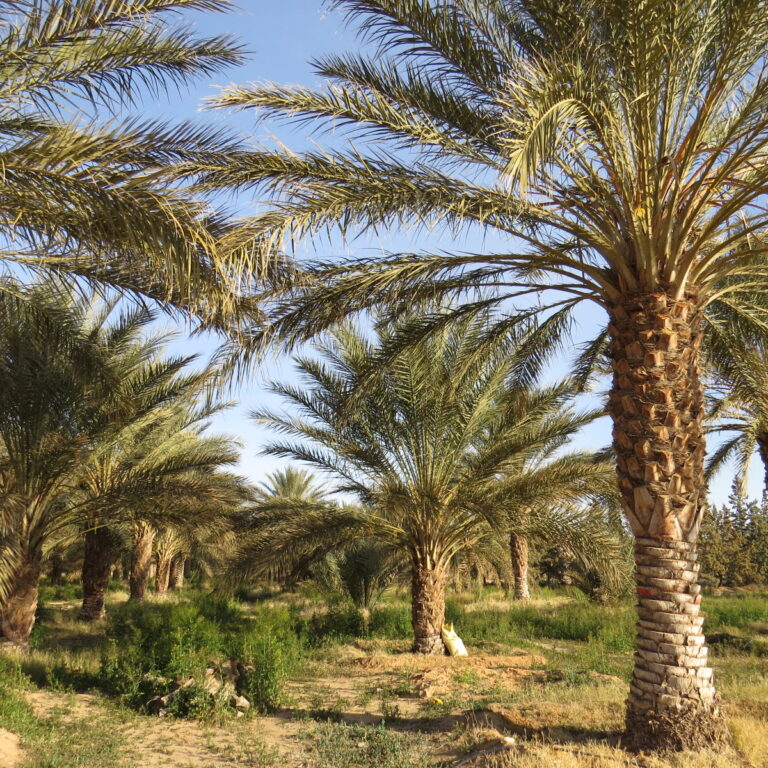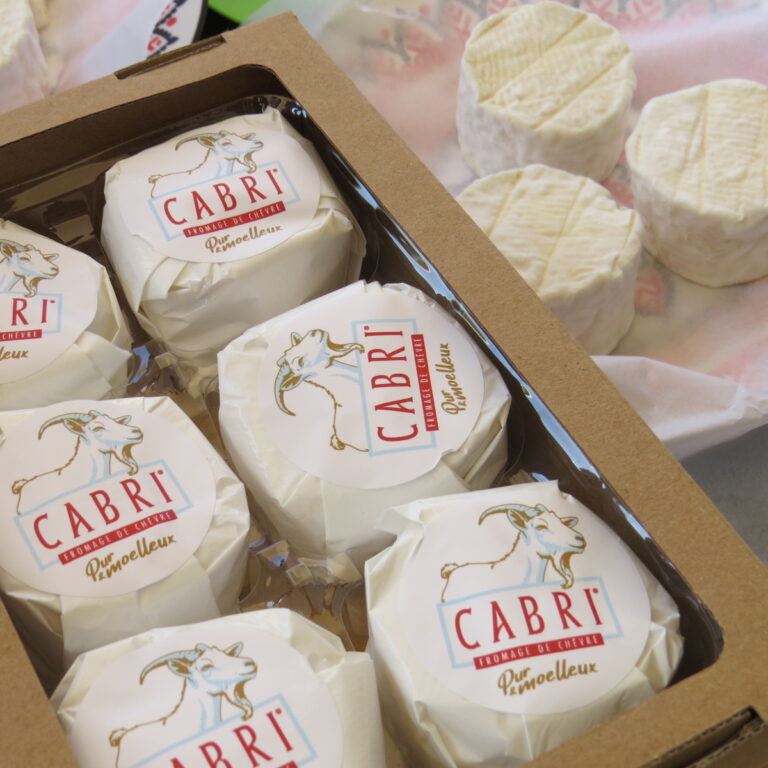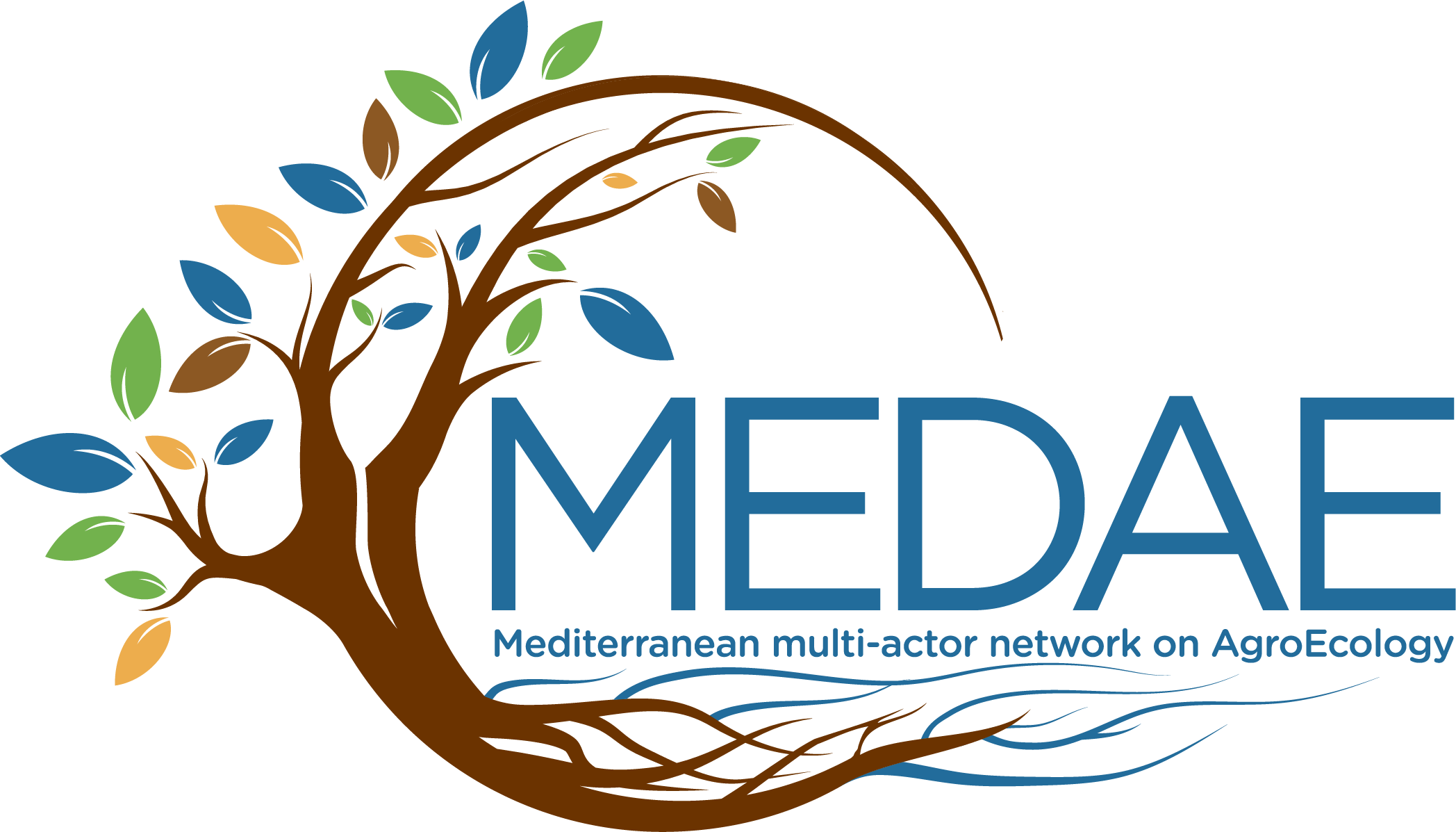From February 19 to 23, 2025, the Laghouat Living Lab hosted a cross-visit during which local and international experts shared their knowledge and experience in the face of contemporary climatic and economic challenges. For five days, participants explored together how to combine ancestral techniques and innovative approaches to build resilient and sustainable agricultural systems.
The second cross-visit of the NATAE project brought together around twenty experts from the Maghreb and Europe : farmers from the Laghouat and Tizi Ouzou LL (Algeria), actors from the Adrar Replication Laboratory (Mauritania) and Kébili RL (Tunisia), as well as researchers from CREAD, INAT (Tunisia) and WUR (Netherlands).
The El Argoub association organized a program structured around three major issues :
- water management in the face of drought
- processing and adding value to production
- co-construction of knowledge
Field visits formed the backbone of these exchanges. In traditional gardens, participants analyzed the ancestral “water tower” system via the seguias. Local farmers shared their techniques for collectively managing this scarce resource, prompting enriching comparisons with practices in Tunisia and Mauritania. A visit to the Tadjmout underground inferoflux dam, which captures floodwater while preventing evaporation losses, sparked lively discussions between hydrogeologists, researchers and farmers on hydraulic infrastructures adapted to arid zones.
During the farms visits, each participant was able to question, compare and document integrated crop-livestock systems specific to the oasis context. Mauritanian farmers shared their practices for adapting to even more arid conditions, while Tunisians presented their innovations in energy-saving irrigation. These exchanges in the field helped to collectively identify the resilience factors of agricultural systems in the face of climatic changes.


Workshops were held to methodically dissect field observations. The first workshop, dedicated to water management, compared traditional techniques with modern technological approaches. Participants mapped all the solutions observed, assessing their transferability from one territory to another.
A second workshop focused on value chains, dissecting the transformation processes observed in several production units. Farmers presented their techniques for valorizing date by-products, cheese-making and bee-keeping, triggering detailed technical exchanges on processes, equipment, costs and marketing strategies. Short circuits and e-commerce were the subject of comparative analyses between the different regions represented. The workshop on the co-construction of knowledge deeply impressed the participants. The El Argoub association presented its organizational model, sparking a collective reflection on cooperative structures as levers for agricultural innovation.
These exchanges and debates helped to formalize learning, identify transferable practices and contribute to new expertise and knowledge. These moments of collective intelligence recommended to maintain the exchange network in order to create a cross-border community of agricultural innovation adapted to the climatic challenges of arid zones.
For the final day, the participants discovered the Saharan Atlas and Djebel Amour, revealing the thousand-year-old history of this region where human ingenuity has always been able to adapt to environmental constraints. The Ksar of Taouiala, with its terraced gardens and irrigation system, as well as the rock carving stations, including the famous “elephant protecting her baby elephant” at El Ghicha, bear witness to the temporal depth of the relationship between man and his environment in this region.
This week of professional immersion demonstrated that oasis agriculture, far from being a relic of the past, is a model for the future, where traditional knowledge and technical innovation combine to shape resilient and sustainable agricultural systems.
